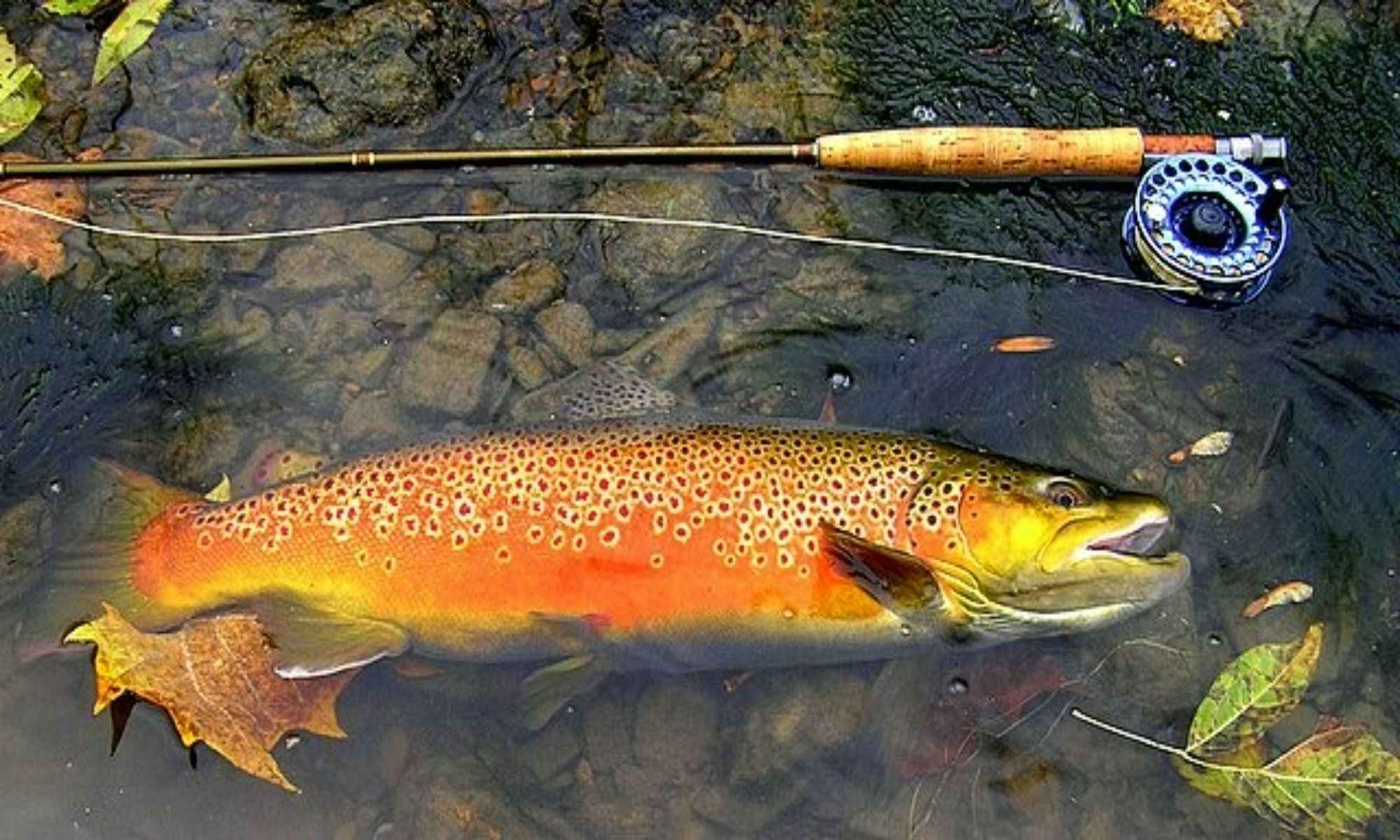Best Ways to Catch More Trout with a Leader
With the right understanding of how a fly fishing leader works, you will surely catch more trout. Here are some tips that you must take note of!

The stretch of line connected from the aperture of a lure or hook to the primary line on the reel is what we call the leader. Using a knot or a swivel usually joins these two lines together.

Using a leader is essential, especially in fly fishing. That is because the colorful fly lines used to cast lightweight flies are too bulky can for strapping the tiny flies are easily noticeable by trout. Adding a monofilament or fluorocarbon leader followed by a tippet will resolve this problem, making it harder for the fish to spot the line.
Anglers usually use a nine-foot leader of two to four-pound fluorocarbon line to catch more trout. But, aside from that, there are many other best practices to catch more trout with a leader.

1. Choose the Right Leader Length
The length of the leader you should use will be based on how sneaky you want your presentation to be. This line is typically slimmer than the rest of the line and can be hard to notice, which is beneficial given that trout are very shy when seeing a line.
Every angler has their preferences for the right leader length. Some want to use 12 to 18-inch leaders, while others can work at any length. However, you need to keep in mind that casting becomes more difficult as you opt for longer leaders. That is because you cannot reel it as high as you usually would with shorter lines.
Since you will be aiming for trout, you won’t need a heavy leader because they are smaller than most other game fish. In addition to that, lighter leaders are harder for trout to notice, giving you an advantage when fishing for them.
Moreover, your leader length may also vary depending on the fishing method that you will utilize. When baitcasting, the length does not matter that much because you won’t need to cover much water as you would with an artificial lure.
On the other hand, if you opt for spin casting, covering more distance is a priority. Thus, you need to use a shorter leader to cast farther and cover more space with your artificial lure.
Lastly, if you are fly fishing, you need to use a heavier leader to compensate for the fly’s lack of weight. As a rule of thumb, leaders for fly fishing rigs should be from 7.5 to 12 feet. Also, the higher the water visibility, the longer the leader you should use.

2. Pick The Right Leader Material
There are two primary materials used to make fishing leaders: monofilament and fluorocarbon. Each has its advantages and disadvantages, and you should consider them when picking your leader.
The monofilament leader has been available for the longest time and is the most affordable of the two. It is also less dense and does not sink as fast as a fluorocarbon leader. So, it is the best choice if you are using dry flies.
However, the disadvantage of using this type of leader is that it absorbs more water than fluorocarbon. Hence, its ability to stay afloat for a long time is not that good, and there will come the point where you have to change it.
On the other hand, Fluorocarbon leaders are relatively new in the market. Still, many anglers have widely used them since their release because they have the same refractive index as water. They are nearly invisible, making them a good choice for catching the line-shy trout.
Another good thing about using a fluorocarbon leader is it stretches less than a monofilament, giving you better sensitivity. With this, you can feel even the slightest bites. Although, the only downside of this is that it makes it harder to tie knots. Moreover, a fluorocarbon leader doesn’t absorb as much water, which means better floating abilities.
3. Determine the Proper Line and Leader Weight to Use for Trout
The excellent line order for trout fishing should be braided first, then your fluorocarbon leader. The braid should be ten pounds, and the leader should weigh six to eight pounds.
Using a ten-pound braid as your primary line and the six to eight-pound fluorocarbon as your leader will maximize your trout catch. This is because this line combination is strong enough to snag a large trout, but the leader will remain virtually undetected, so the fish does not notice it and flees.
4. Consider Your Swivel Position
Using a swivel will help your leader line to rotate underwater while twisting your primary fishing line freely. It will help prevent your lines from turning since it will bring annoyance and delay if ever it happens. Twists can also wear out the line and can cause it to tangle when casting.
Ideally, you should position your swivel on top of your leader and away from your lure or hook. Doing so will allow it to be on the line to absorb the twists without being visible and causing the trout to get spooked by its presence.
5. Use the Best Knot
You can do many knots in tying the leader to your hook. But, you might want the strongest one, so it won’t break if ever a large trout bites on it. The snelling knot might be one of the most complicated knots to tie, but it provides a superior knot strength that will allow you to reel in a big catch.
The leader is a powerful fishing gear if you know how to choose the right length, material, size, swivel position, and knot. With the proper understanding of how it works, you will surely catch more trout.




